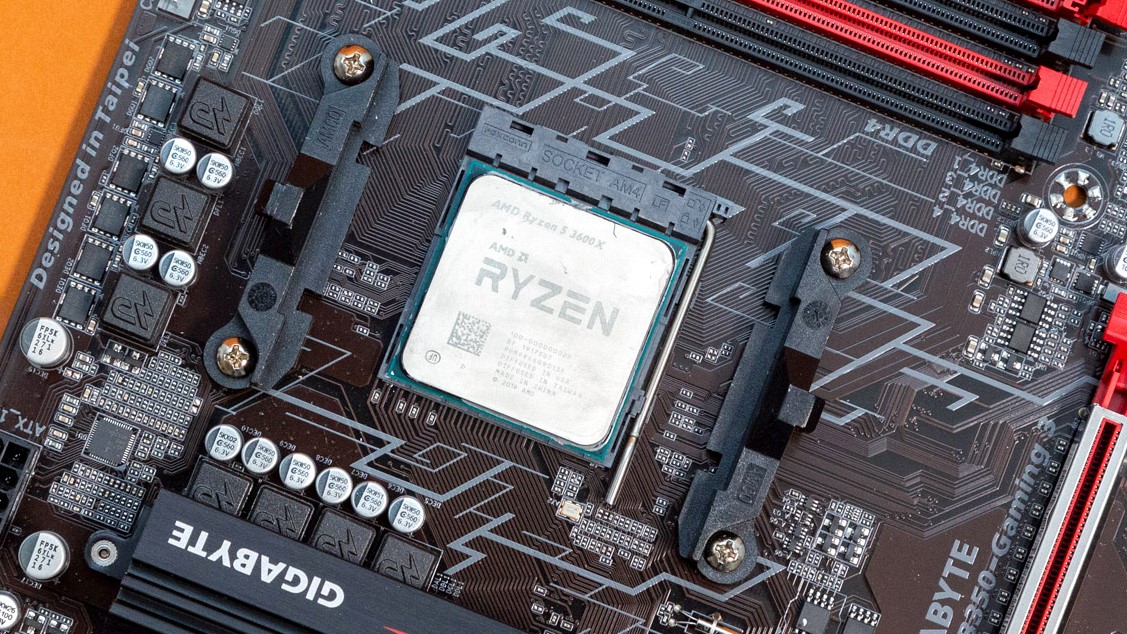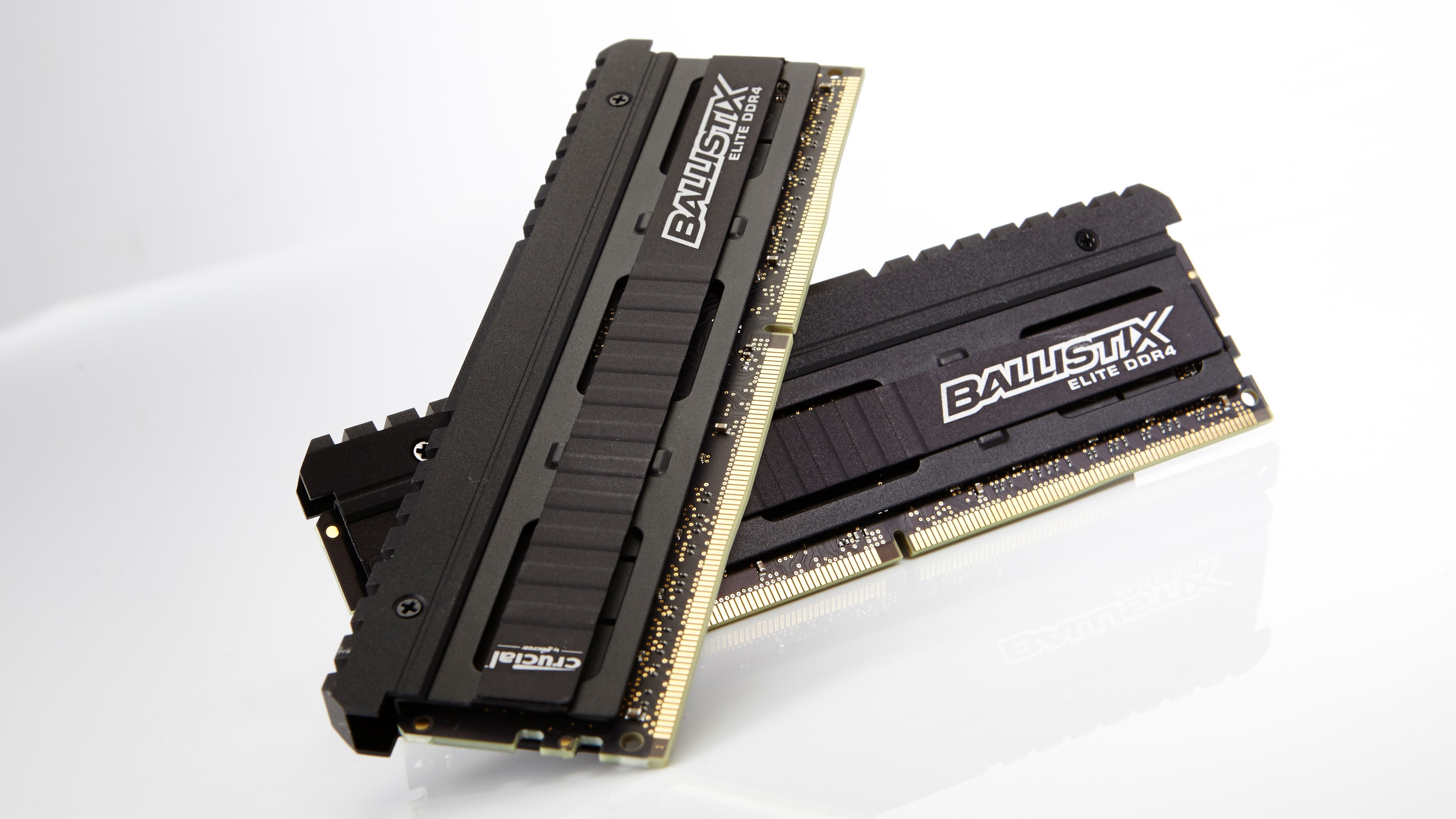5 things you need to know when choosing a video editing computer
Video editing requires a powerful computer, and deep pockets! Here are the 5 most important areas to focus your cash on

Editing high resolution photos needs plenty of computing power, but working with 4K or even 8K video takes things to a whole different level. Scrubbing through such high-res video in software like Adobe Premiere Pro or Davinci Resolve taxes your computers processor and eats up computer memory (RAM), and once you come to export your edited footage, you could be waiting an age for the final render if you don't get the right computer processor (CPU). But with high-end video editing rigs costing seriously big money, you need to spend your cash wisely to get maximum bang per buck.
We enlisted the advice of bespoke PC builders' Chillblast to see which components in a computer matter most to ensure smooth video editing and rapid footage exports. In order of importance:
1. Processor
It's a close call between a computer's processor (CPU) and memory (RAM) as to what matters most when video editing, but the CPU is the heart of your computer, and it needs to be super-strong for serious video editing.
Back in the day, the sheer speed (measured in megahertz or gigahertz) of a CPU was all that mattered, but now that comes second to the number of CPU cores. Modern video processing software is multi-threaded, meaning it can 'see' the separate cores inside a single CPU chip as multiple 'mini' processors. The more cores, the more the video editing software can scale up its processing speed.
Two CPU companies monopolise the market: Intel and AMD. As it stands, AMD produces the fastest and best value high-end processors, and should be your first choice when speccing a video editing machine.
Our recommendation for a price/performance sweet spot would be the AMD Ryzen 9 5900X. Packing 12 cores running at 4.8GHz, it will breeze through 4K edits with ease. If you want even more speed, go for a Ryzen Threadripper Pro processor. These are available with 16, 32 or even 64 cores, though the latter commands big money and isn't recommended unless you'll be doing commercial editing work.
2. RAM
RAM (random access memory) is your computers primary workspace when your editing footage. Think of it like a physical desk. When you run out of space/RAM, the computer can overflow onto a designated area of your hard drive called the Page File, but swapping the footage you're working on between RAM and hard drive takes time and can cause annoying lag when editing video.
The best camera deals, reviews, product advice, and unmissable photography news, direct to your inbox!
Speccing your video editing computer with plenty of RAM avoids this. If you're working with 1080p Full HD footage, you could get away with 32GB of RAM as a minimum to ensure smooth editing, but 4K edits demand 64GB RAM.
That might seem excessive, but with many of the latest and best laptops for video editing not being user-upgradable, you need to adequately spec your new machine at the point of purchase to ensure it will provide years of useful service.
3. Storage
It's no secret that high definition video devours gigabytes of storage space, so a sizeable hard drive is a must. We say 'hard drive', but what you really want is an SSD (solid state drive). These store your footage on computer chips rather than the mechanically spinning 'platters' inside an old hard disk drive, and are therefore much, much faster.
SSD prices used to be prohibitively expensive, but you can now pick up a 2TB SSD for less than $/£200, though capacities larger than this really ramp up in price. One option if you need additional storage is to reserve your SSD as your primary drive for the footage you're currently editing, and frequently used files, and storage older videos and lesser used files on a slower, but cheaper hard disk drive. This is easy in a desktop computer were there's space for two or more storage drives, but even with the best laptops for video editing, you may need to supplement a laptop's storage with one of the best external hard drives.
Alternatively, if you're upgrading your existing PC, have a look at our best internal SSDs guide for the best options at the best prices.

4. Graphics card
Graphics cards aren't just for gamers and Bitcoin mining. Video editing software can also harness the huge processing power of a graphics card to turbocharge video rendering speed.
That said, the graphics card still plays second fiddle to your computer's CPU, and you don't need to spend top dollar for a premium graphics card to get that rendering speed boost. Even a mid-range graphics card will speed up export times almost as much as a high-end card. Good news, as with the best graphics cards for video editing now commanding ever-increasing price tags due to supply shortages, even our preferred mid-range card, the nVidia GeForce RTX 3060 Ti, will cost a pretty penny.
The exception here is Davinci Resolve, which can run noticeably faster when using a high-end graphics card, so if that's your editing software of choice, consider speccing a card like the GeForce RTX 3080, and hold your breath before you see the jump in price!
5. Monitor
Ok, so your monitor isn't strictly a core component of your computer, but it should be considered a core element of a video editing workflow. After all, it is the only interface between you and your footage, so if you're to ensure your work looks at its best, you need a decent screen on which to preview it.
It should go without saying that if you shoot 4K footage, a 4K monitor is a must, but it's not just outright resolution that matters here. A monitor that can display a high percentage of the video color space you work in - Rec.709 or DCI-P3, for example - means you can more accurately judge color when editing. Furthermore, a monitor with a wide contrast ratio and HDR certification will help you balance contrast more accurately.
Check out our dedicated guide to the best monitors for video editing to see which monitors are the best buys right now. But as a general rule, a 4K screen of 27 inches or larger, based on IPS LCD technology should ensure top-notch image quality with plenty of space for preview panes and scrubbing timelines. An even larger screen, with a high color space coverage, is a bonus.
Read more:
Ben is the Imaging Labs manager, responsible for all the testing on Digital Camera World and across the entire photography portfolio at Future. Whether he's in the lab testing the sharpness of new lenses, the resolution of the latest image sensors, the zoom range of monster bridge cameras or even the latest camera phones, Ben is our go-to guy for technical insight. He's also the team's man-at-arms when it comes to camera bags, filters, memory cards, and all manner of camera accessories – his lab is a bit like the Batcave of photography! With years of experience trialling and testing kit, he's a human encyclopedia of benchmarks when it comes to recommending the best buys.





